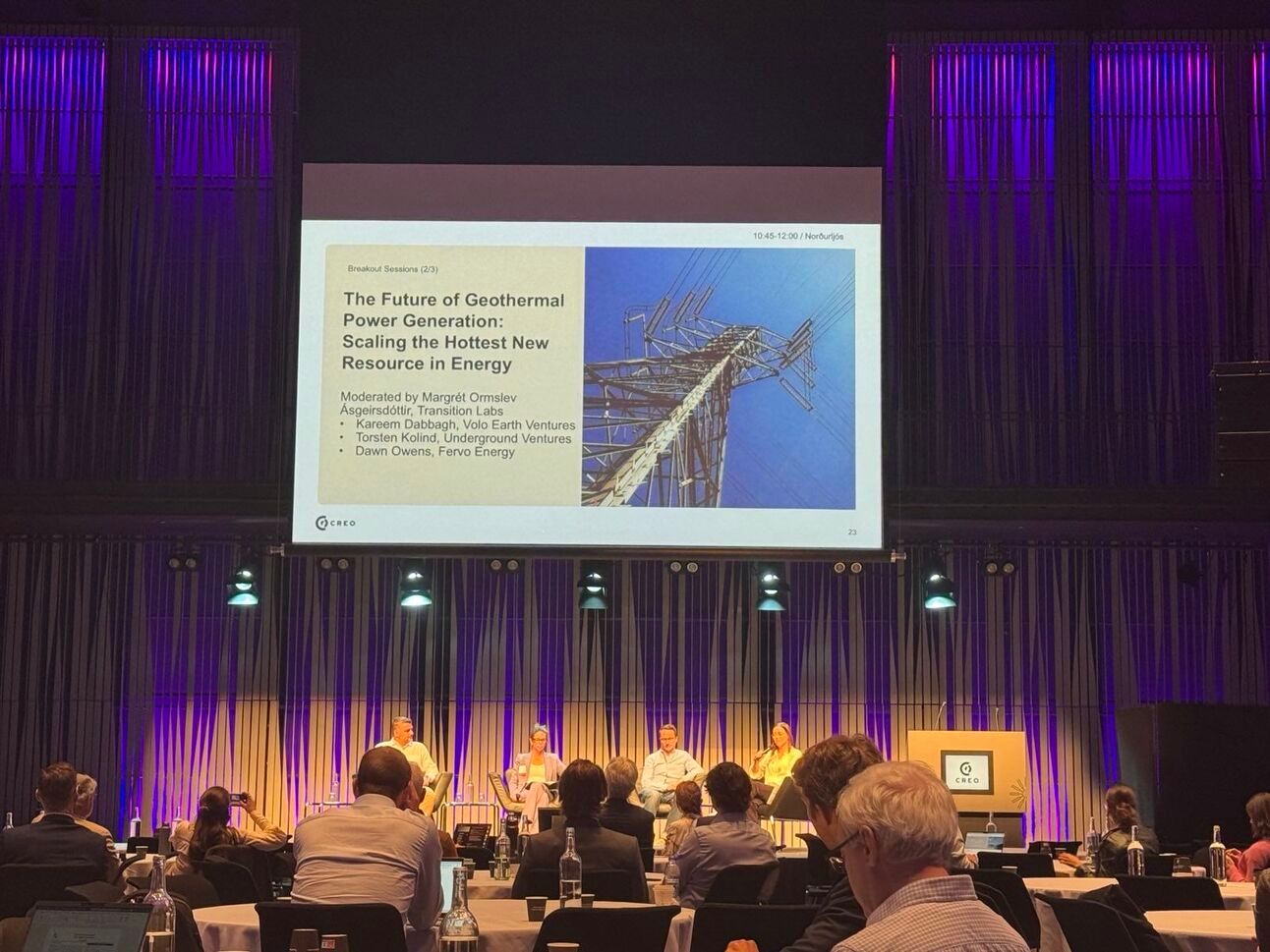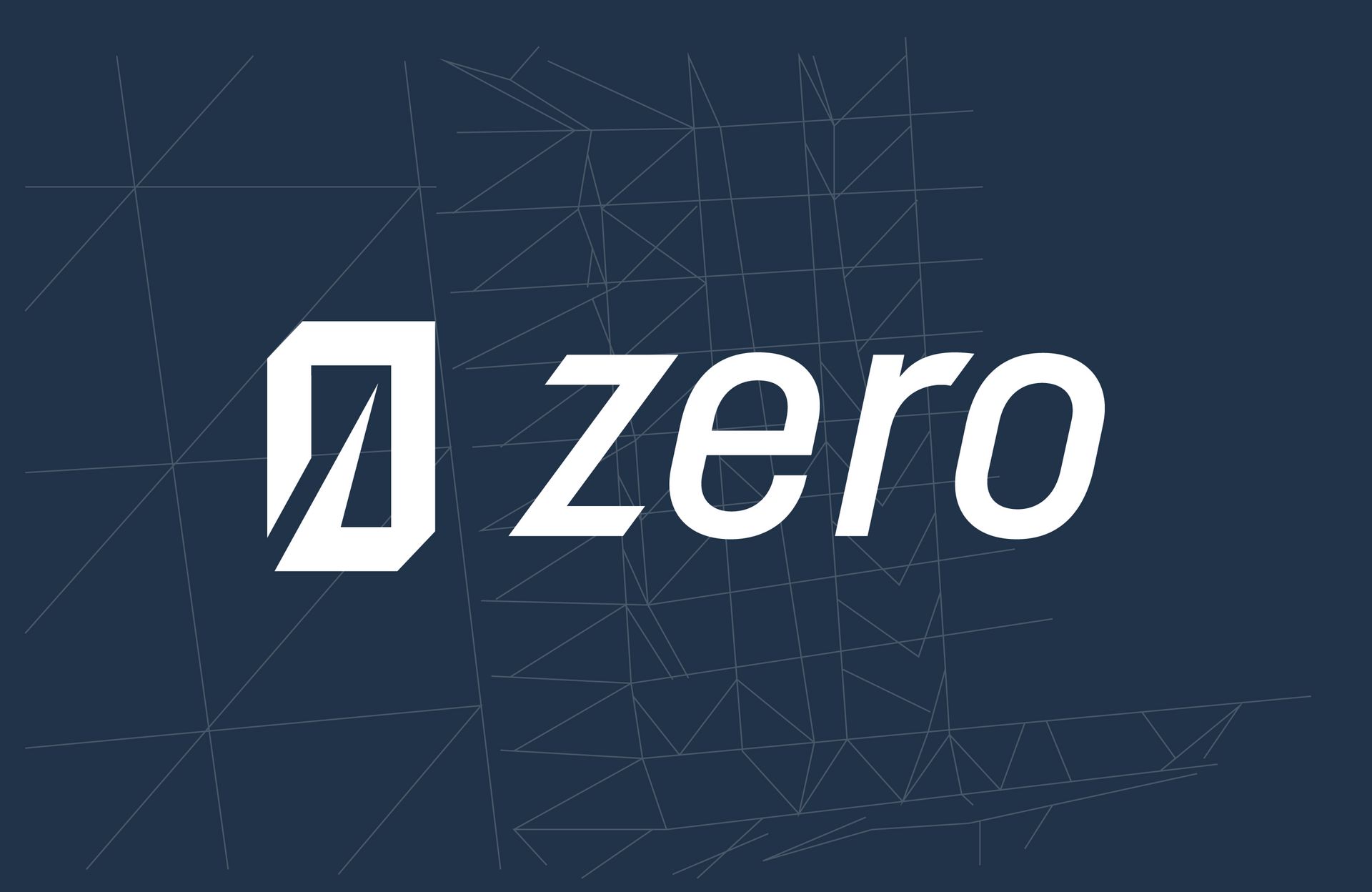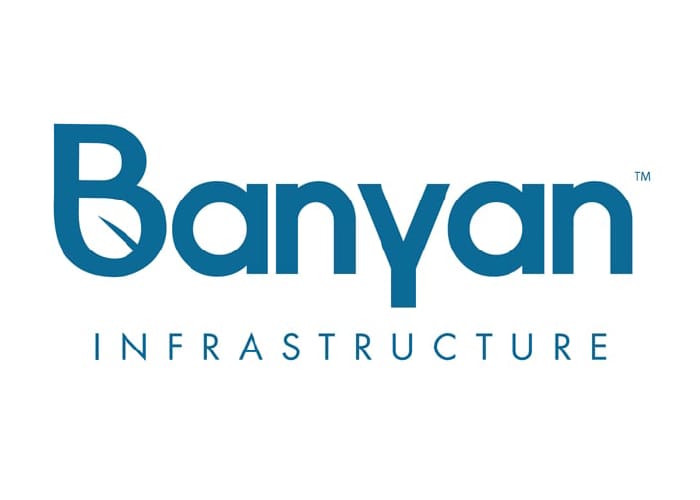Hello and happy (almost) summer to the VoLo Earth community!
In last year’s October newsletter, we explored mounting demand for critical materials and the resulting growth of supply-side innovations. One of the discussed pathways is making better use of existing supply through circular business models (which in-turn can set the stage for increased localization of supply chains).
At the heart of this circularity shift is a virtuous cycle between technology and materials. With each reuse loop, systems get smarter and more efficient - through better design, tighter integration, automation, and, in some cases, topology-level simplification. The result is higher performance per unit of input; same service, less material, lower cost, and value passed through to customers.
Across our portfolio, several companies are using circularity not as a primary mission but a strategic wedge. Rather than retrofitting reuse into legacy infrastructure, they build around structural weaknesses of historical industries. Each exploits a discontinuity that incumbents can’t adapt to, allowing for large value creation and disruption potential.
Cambium Carbon is developing the supply chain operating system for the $750B green building and timber market, aggregating waste wood supply alongside fresh cut supply to meet growing demand for alternative structural building materials and resolve key operational pain points in the wood industry. All while meeting the embodied carbon and built environment decarbonization targets of their clients with blended supply and product solutions. (See more in our February newsletter!)
Loamist is a digital platform for intelligence, sourcing, and transacting waste biomass, a growing input for low-carbon fuels and renewable energy generation as well as various forms of carbon capture. It uses GIS-based tools to map, validate, and trace quality of biomass from fragmented sources, alongside a marketplace to support logistics, insurance, and financing. Loamist was recently selected as one of 14 companies joining the Breakthrough Energy Ventures fellowship.
Nth Cycle is a globally-recognized critical metals refining company, which made history last fall as “the first company in the United States to produce premium nickel cobalt MHP - a mandatory component for multiple clean-energy, consumer and defense markets.” We focused on Nth Cycle’s role in transforming the metals supply chain in October, as noted above.
Polycarbin runs a closed-loop system for biomedical plastics, turning lab waste into lower-carbon lab consumables. Its platform combines collection, reprocessing, and procurement to help labs track their sustainability progress. Check out the blog published by one of our valued partners, Catalyst by Wellstar Health, on Polycarbin this Spring.
Heimdal is a direct air capture company focused on calcium looping via an engineered sorbent. While perhaps not truly a “circularity” play, the important highlight here is that Heimdal has developed a proprietary sorbent and carbonation process that has a >95% resource recovery and re-utilization rate of the limestone they pull out of the ground. This impressive statistic allows them to keep costs low (they are already demonstrating $225/ton all-in cost of DAC at their Bantam facility in Oklahoma, their first commercial pilot).
The Opportunity of Supply Side Friction
While circularity is conceptually straightforward, implementation often stalls on supply-side friction - inconsistent quality, fragmented sourcing, and insufficient infrastructure to validate and transact reused materials.
In traditional linear systems, aggregation occurred naturally via centralized control and commodity uniformity. Circular inputs behave differently: they are distributed, inconsistent, and often unowned or have to clear regulatory hurdles before they can be used.
Incumbents are not incentivized to go upstream and stitch together small suppliers. A thread running through Loamist, Cambium, and Polycarbin is the ability to aggregate fragmented, low-trust supply:
Decentralized sourcing: Inputs like urban wood, agricultural waste, and lab plastics are dispersed and lack central coordination.
Data Asymmetry → Differentiated value: Fragmented supply has lacked SKU-level traceability. For each referenced portfolio company, trust and clear traceability data are material purchase drivers.
Data layers and new tools: Being circular-native now means being digital-native—and increasingly, systems-intelligent. Emerging supply chains demand new approaches to data, unlocking novel categories, services, and platform advantages.
The past decade of digitization and the lowering marginal cost of AI is making this newly possible. AI, among other innovations, make tracking and tracing even circular materials now possible, with embodied carbon data and traceability alongside the distribution.
How do new entrants like these portfolio companies build in incumbent breaking points?
It often comes down to matching the technology stack to the failure mode. The framework below offers a simplified lens:
Software-first models tend to enter where supply is disorganized. They structure fragmented, low-trust inputs into coordinated, verifiable markets (exemplified above).
Hardware-first models enter where reuse was physically or chemically nonviable. They change the economics of recovery at the process level (e.g., Nth Cycle, Heimdal).
Hybrid models enter where the handoffs between suppliers, processors, and customers are too slow or too rigid. They collapse the stack to unlock new processes and unit economics (e.g., Cambium, Polycarbin).
This alignment between form and function allows startups to do more than compete but to start to reshape the system on their terms.
Many of these circular-native systems are also modular by design, built to be broken down, reconfigured, and scaled without locking into rigid supply relationships or fixed formats. This is true across the hardware to software spectrum; in manufacturing, it enables process lines to adapt to variable or recycled inputs without costly retooling; in digital systems, it allows platforms to flex with evolving data sources, regulatory requirements, or customer use cases. Modularity is an example of how circular principles become a foundation for resilience.
Conclusion
Scale once won on cost alone. Today, we are seeing that coordination, traceability, and feedback loops can outperform volume with new value-add.
In aggregating, qualifying and moving supply in brand new systems, new entrants are building new systems, which allow them to redefine the conditions of demand and even become gatekeepers to these new categories and emerging markets (such as Cambium with mass timber).
In addition to creating economic value from underutilized biomass, platforms like Loamist also support the regeneration of natural systems - improving land use, reducing open-air waste burning, and returning organic material to productive cycles.
As generative design reshapes physical production and AI accelerates vertical integration across long-tail sectors, circularity is becoming a default operating logic. As it scales, it will continue to fracture legacy systems, creating space for new services and categories defined not by old constraints, but by the dynamics of maturing circular supply chains and models.
VOLO EARTH COMMUNITY
This month brought Kareem to Iceland, where he was a panelist for a Future of Geothermal conversation amongst global leaders in climate and energy asset management. The event was hosted by the CREO Syndicate, an esteemed non-profit co-founded by our very own advisor, Martin Whittaker.

PORTFOLIO

Commercializing Solid State Batteries
ION reaches another major commercialization milestone that will “position the company to significantly ramp up the delivery of its patented solid-state battery cells for customers across market segments.”
ION invested in advanced ceramic sintering equipment which will increase annual ceramic production capacity by ~1,000x “and unlock the ability to rapidly scale to hundreds of MWh.”

Physics-based Battery Management Systems
Microchip Technologies, public semiconductor manufacturer with a $38B market cap company, highlights its partnership with BattGenie! BattGenie is presented as central to the company’s battery management system (BMS) strategy, allowing Microchip Technologies to “optimize battery performance while minimizing computational overhead through AI-enhanced, physics-based State of X (SOX) estimation and fast-charging algorithms

Residential Electrification Platform
Zero is set to double the number of fully funded home electrification retrofits through a major expansion of work with ComEed and the City of Chicago. ComEd is the largest electric utility in Illinois, and working with Zero Homes, can bring affordable and cost-saving electrification to homes across the state.

Streamlining Sustainable Infrastructure
Banyan announces a partnership with CGC, America’s national green bank which has facilitate $25B+ in sustainable infrastructure financing. The bank continues to expand work with local and state banks across the country. As COO of CGC describes, “Technology is a critical piece of the reporting puzzle, especially as CGC scales its operations.” Banyan’s technology solves this gap, positioning the company to grow in step with CGC’s national footprint.
READING
@VoLoEarth: A multiyear backlog in gas turbines is causing the cost of new gas-fired power plants to triple. As described by the CEO of NextEra, $140B Florida-based Energy company; “we built our last gas-fired facility in 2022, at $785/kW. If we wanted to build that same gas-fire combined cycle unit today… “2,400/kW.”
Gas plants can also take years to build. These combined challenges led NextEra to calculate that gas can only account for 16% of total forecasted 2030 capacity. “The rest will be made up largely by renewables which are cheaper and available right now.’”
We see that what was once a dependable backbone of power planning (low-cost, dispatchable gas) is now a bottleneck. This becomes a poignant example of how economics and execution risk - rather than policy ambition or technological readiness - increasingly drive medium to long-term investment decisions among energy companies.
@VoLoEarth: This perspective is echoed in Texas, where three “anti-solar” bills died in the Texas House. The rationale is unsurprising:
“With people and energy-hungry industries flocking to Texas, we need an all-of-the-above strategy to meet demand, and solar and storage are the quickest resources able to be deployed to the grid,” said Daniel Giese, the Texas state director for Solar Energy Industries Association (SEIA).
Although these “anti-solar” bills were blocked, Texas lawmakers did pass a separate piece of legislation just one day earlier - to require recycling of retired solar and wind projects. This motion should help add even more to the hundreds of thousands of jobs related to renewable energy in the state. Go Texas!
@VoLoEarth: Apple is rolling out AI software for on-device battery management which will extend battery life “by learning how users interact with their devices.” Unlike the blanket restrictions of ‘Low Power Mode’ this would make real-time, on-device decisions based on individual behavior patterns.
Implementation of a battery management system is allowing Apple the thinnest iPhone design yet - a clear and relatable validation of software-centric battery innovation. It draws a parallel to the value BattGenie and other BMS leaders deliver at the utility and commercial scale, where intelligent software not only boosts performance but unlocks greater design flexibility across systems.
@VoLoEarth: The great Yogi Berra once said, "It doesn't matter if you win or lose, it's the way you play the game.” Translating this concept into the energy markets can mean: it doesn’t matter which credits and incentives you got along the way, but it matters whether you win or lose.
Over the phase out period, technologies including, solar, wind, batteries, geothermal and SMR will all benefit from learning curves, whereas fuels will not - with projected cost declines spanning 10-55% by 2030. This will further expand the competitive edge and lessen reliance on ITC just like the ITC was originally intended. Finally, current market dynamics not only require lower cost, they also require speed - or ‘time to power’ as our data center partners like to say.
So let the race begin and let the best technologies win.
